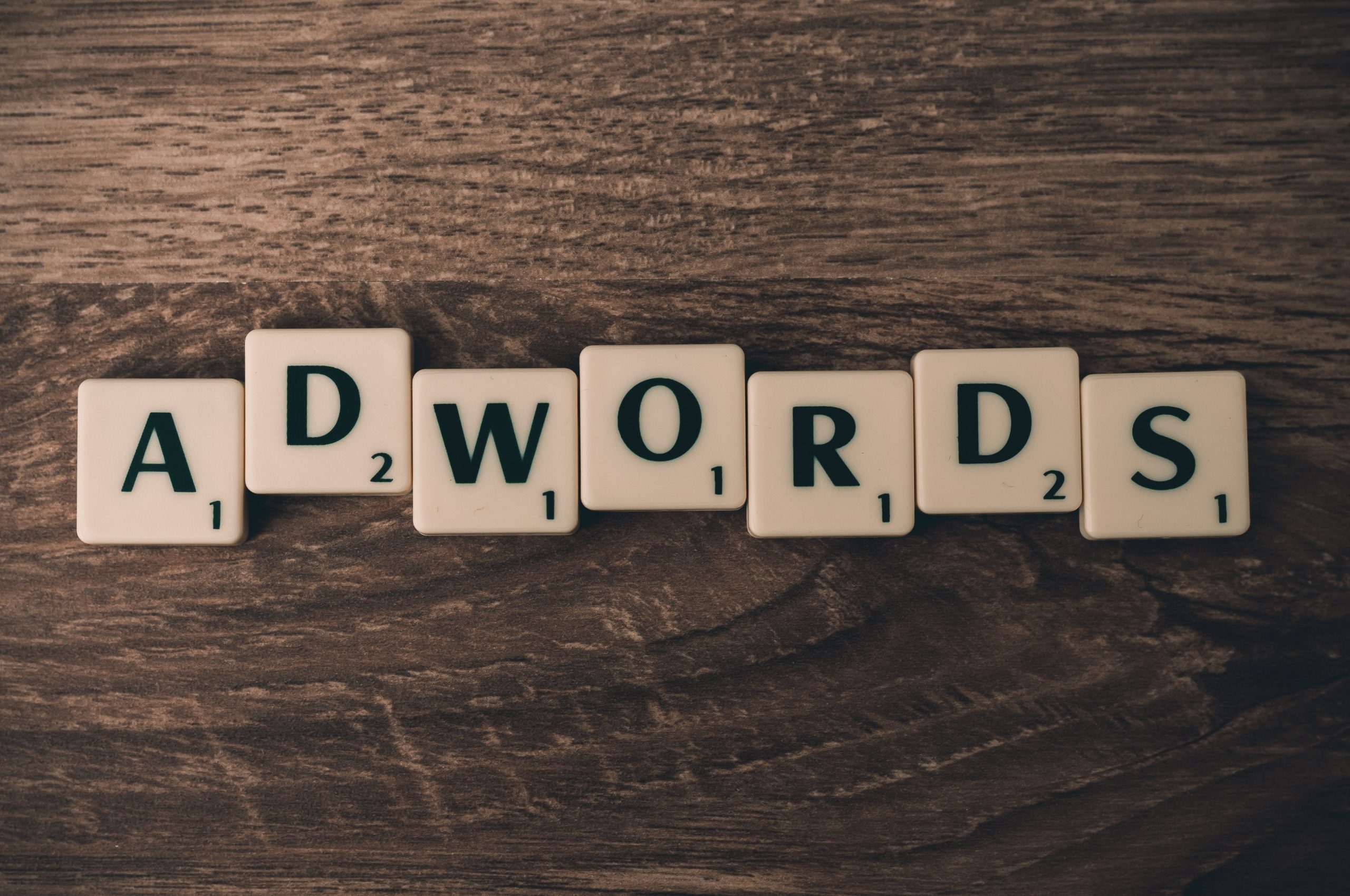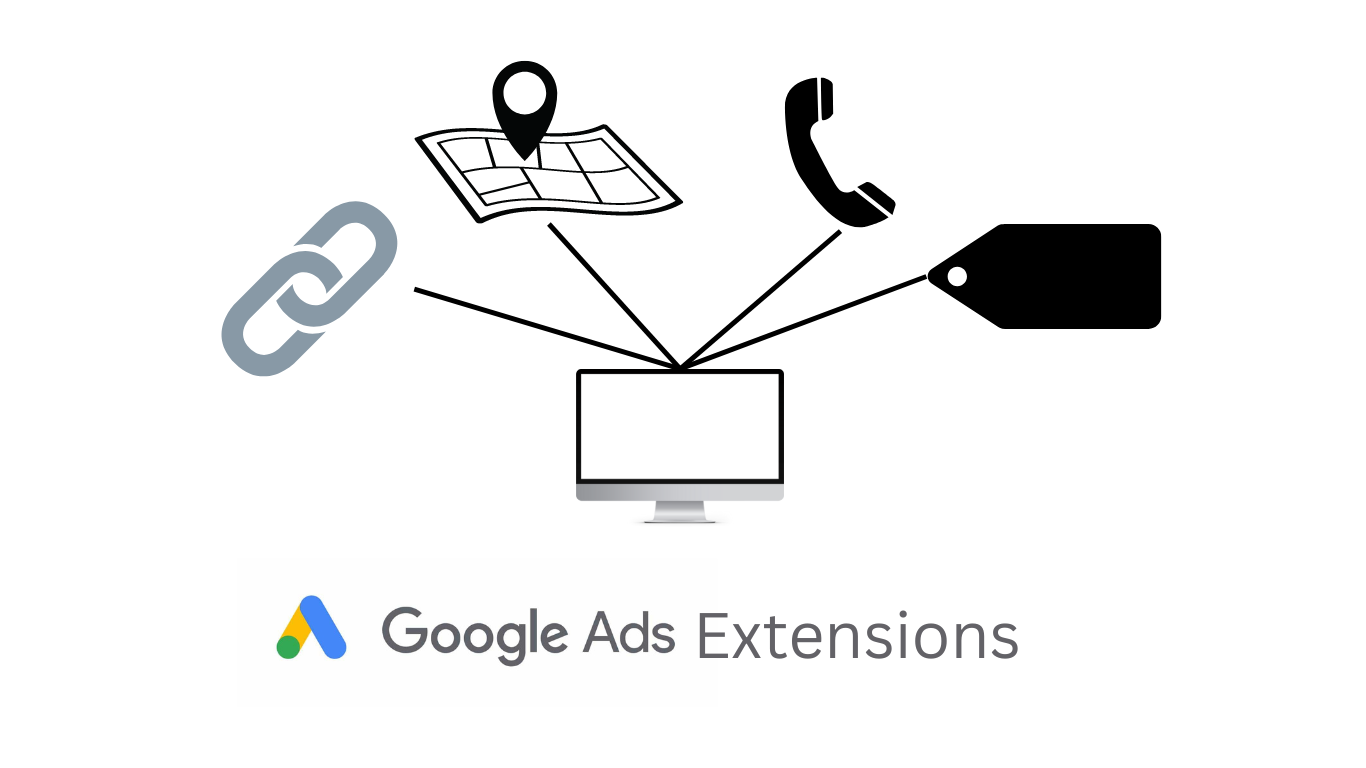Even though Google has some pretty powerful machine learning algorithms, leaving it to figure it all out on its own can lead to a lot of money wasted. You can have the best copy, images, landing page, and audience list, but still, not be profitable. Finding consistent success with Google Ads can be frustratingly difficult especially if you’ve been stuck in the same place for an extended period of time. Just know your account performance can always improve. Whether you have the highest ROI yet or you’re stuck in the same place – there is always a way to improve.
So what should you look at to improve?
Knowing what to look at, when to look at it and how to understand what you’re seeing can be very challenging. There are so many different elements that impact your account, that it can be easy to get lost in all of it. I’ve narrowed it down to 6 specific methods you can use to maximize your performance as well as your value on time spent.
1. Keyword Research
If you didn’t do this when setting up your account, you definitely need to do it now. Doing keyword research can help you find which keywords will work and which won’t. It will also let you expand your audience by finding new keywords that have good performance and are related to your business. A great free tool to use is Google Ads Keyword Planner. You can access it directly from your Google Ads account and it will not only show you data for keywords you look up but also give you recommendations for other related keywords you can use. Bear in mind this data won’t tell you how well the keywords will convert but it will tell you the average search volume, low to high range for average CPC, and how much competition there is, which is a great place to start.
2. Use SKAGs
Google has an ad ranking system. This rank is calculated primarily from three metrics – Expected click-through rate, ad relevance, and landing page experience. Now we can’t really optimize the expected click-through rate directly however we can optimize ad relevance and landing page experience. Your ad rank will determine how high on the page your ad will show or if it will even show at all. So it’s in your best interest to have high ad relevance and a good landing page experience.
The best way to do this is with Single Keyword Ad Groups (SKAGs). These are ad groups that only have one keyword meaning you can now enter that exact keyword into your headline, description, and even extensions and the ad will always be very relevant because only one keyword can trigger it. This then also means that your landing page can be optimized for that one keyword.
What happens when you have the recommended 10-20 keywords is that you can’t fit every single one of these keywords into the ad or the ad wouldn’t make any sense. Since you don’t have all of them included, triggers from keywords that are not included will bring down your ad relevance score and in turn your ad rank.
3. Use RSLAs
Remarketing Lists for Search Ads (RSLAs) allow you to narrow your traffic just to the people who have already been on your site. This will also allow you to use more broad match-type keywords. Since only people that have been on your site before will be able to trigger these ads you could even find other potential keywords users are using to find content related to your business. Before setting up your remarketing search ad remember a couple of things:
- Audiences need at least 1000 users just to be used. Try using a larger lookback window to get a big enough audience.
- RSLAs should run with current campaigns, not replace them.
- Exclude remarketing audience from non-RSLA campaigns that have RSLA version.
4. Use Display Ads to Feed Your Funnel
Display ads are often forgotten about and tossed aside since they don’t drive many conversions. However, they are very effective as a top-of-funnel solution to build awareness and exposure. The reason display ads are not commonly used is that marketers focus too much on bottom-of-funnel solutions and only see mediums that generate macro conversions as effective. Think of it this way the more people enter at the top of the funnel the more will fall out at the bottom. So essentially by using these correctly the performance of your bottom-of-funnel solutions will increase too. Rember to set up your audience targetting correctly to capture only relevant traffic that has a high chance of moving down the funnel.
5. Match Intent to CTA
The intent of your users will increase as they move down the funnel. Your call to action(CTA) will have one of two objectives, either micro-conversions or macro. For all users at the top to the middle of the funnel, you should only be using CTAs for micro conversions. These should solely be providing the user value and taking as little as possible in return. By doing this you are giving them something to remember your brand by and will make you a much more likely choice once the user moves to the bottom-of-funnel.
6. Focus on the Big Picture
Many of us get obsessed with the minute metrics and forget about the big picture. Sure your impression share, CTR, CPC, etc are all important but if they aren’t increasing your revenue then they don’t mean much when looking at the overall progress of not only your account but your business as a whole. Is the effort you’re putting into optimizing all the individual statistics bring more sales and cheaper sales? If not then you need to evaluate other parts of the funnel that could be letting you down. For example your website or even the product itself.



